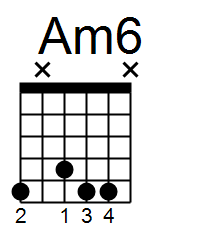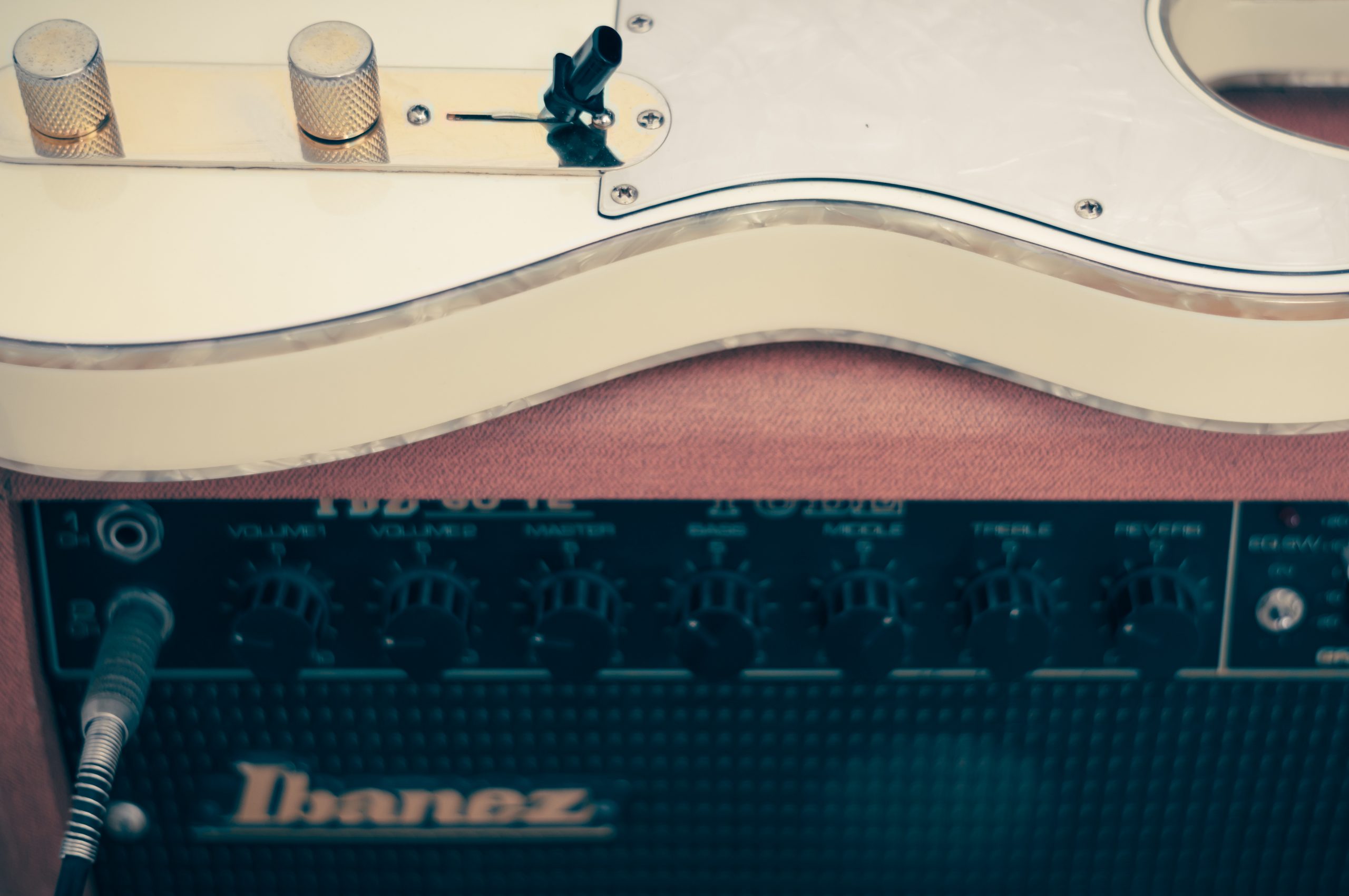When faced with a set of changes to play over, or a rogue chord that’s not in the key you’re playing in, you’ll want to be able to decode any chord and have the information necessary to solo over that chord at your fingertips. The good news is that if you learned the four main sequences at the start of the book, you can apply these to 90% of the chords you’ll come across.Let’s break down the process into manageable chunks so that you can practice it.Let’s say you’re faced with a min6 chord such as the one below.

A minor 6 chord contains the intervals 1, b3, 5, and 6. If you’ve been playing for a while, and are used to using scales, you’d probably play the Dorian mode over this chord. If you know the intervals in the Dorian mode (1, 2, b3, 4, 5, 6, b7), you’ll see the chord tones in there plus a selection of color tones such as the 2, 4, and b7. What I want you to do first is loop the Am6 chord and play just the chord tones when you improvise.

If you know the Dorian mode, improvise using that too and compare. I guarantee that when you played using just the chord tones, you played stuff you never would have played using the Dorian mode. By targeting the chord tones, you choose what to play; whereas, by using a scale pattern, for the most part the pattern itself dictates what you play.
The Big Secret
At this point you may be wondering what intervals you can and can’t play over what chords. The big secret is that you can play any interval you want over any chord, IF you can make it work and it sounds good to you. This is a big IF, but this is where this series comes in.
We can divide intervals into chord intervals and non-chord intervals. In the last example we had a minor 6 chord which contains the intervals 1, b3, 5 and 6. All the others are non-chord intervals, and it’s up to you, with the help of your looper, to find out what they sound like against a minor 6 chord. You may not even like how some of them sound but the important thing is to move beyond the confines of the (Dorian) scale and explore all the possibilities.
You may eventually come across scales such as the Dorian b2 or the Dorian #4, which are the Dorian scale with a b2 and #4, respectively. Why learn a ton of new scale patterns when you could just pinpoint the b2 or the #4 and see what they sound like against a minor 6 chord? Patterns may seem like the ideal solution, but at the end of the day, they’re taking you the very long way round.
In Part 5, we look at how to add in more intervals.



